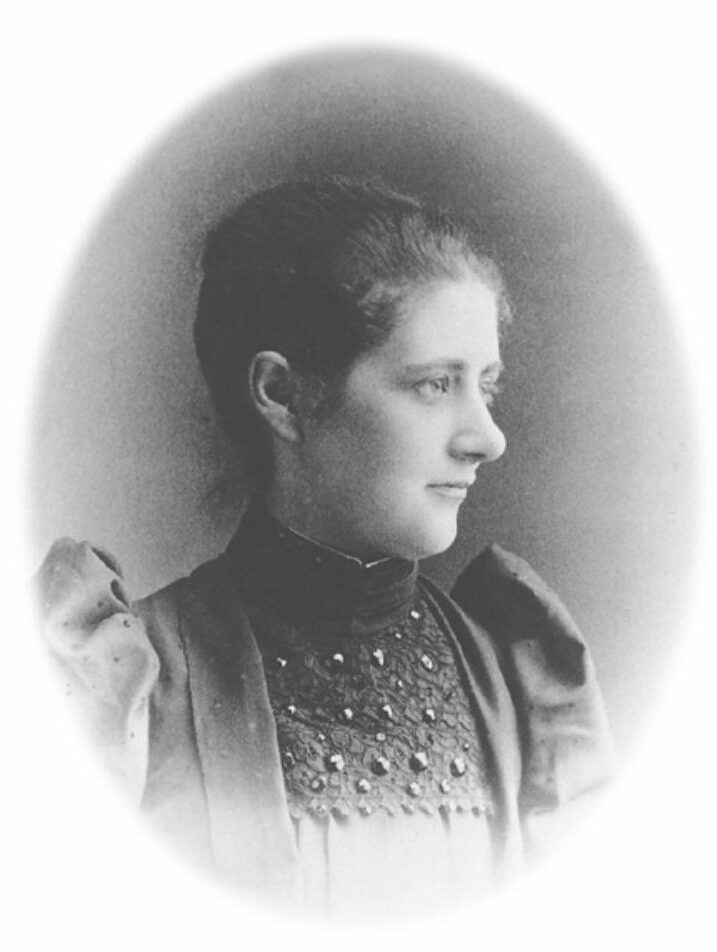More than just a cute bunny: Profundity of ‘Peter Rabbit’ stories rediscovered in new Japanese translation

An illustration of Peter Rabbit from “The Tale of Peter Rabbit”
11:22 JST, April 30, 2022
This year marks the 120th anniversary of the publication of the first book in the “Peter Rabbit” series, and a new Japanese translation of the series has been much talked about as it has begun hitting store shelves.
Newly translated editions of the first three books in the series, including “The Tale of Peter Rabbit,” were published on March 25, and a second printing was decided on only three days later, according to the publisher, Hayakawa Publishing Corp. They appeal to the public for profundity of the original stories and the rhythmical new translations by writer Mieko Kawakami.
The series created by Beatrix Potter (1866-1943) features Peter Rabbit and his family as well as cats, ducks and even humans from the McGregor family. It took the British author and artist until 1930 to write and illustrate the 23 books in the series, for which a total of more than 250 million copies have been printed so far.
Kawakami will finish translating all 23 books in two years.

Beatrix Potter
The series originated in 1893 when Potter, who learned that a son of her acquaintance was sick in bed, wrote a letter to the boy. The letter contained a story and illustrations of a rabbit called Peter, who nearly gets caught by Mr. McGregor in his garden but safely returns home. In 1900, Potter created a picture book based on the illustrated letter. After several publishers turned down her request to publish the book, she self-published it as “The Tale of Peter Rabbit,” in late 1901. The privately printed edition won much acclaim, and the book was successfully published commercially by Frederick Warne & Company in 1902.
Why did a picture book by an unknown author become so popular?
“Because this is not merely a story of cute animals,” said Yoshihide Kawano, a Daito Bunka University professor specializing in British literature for children.
In her younger days, Potter was very much into natural science and became absorbed in the study of fungi. She gave up her studies because the academic establishment at the time refused to accept her on the unreasonable ground that she was a woman. But her acquired knowledge made its way into her books.
“She kept rabbits and other small animals and removed fur and flesh from animal [carcasses] to study their skeletons. That’s why the animals in her illustrations look very natural in their postures. She was faithful in drawing their facial expressions realistically, making no exaggerations but instead using their gestures to show their emotions. The story development is neither happy nor unhappy, which adds to the tales’ literary value and makes them never boring,” Kawano said.
Potter’s good business sense provided another aspect to the success of the series, which has been loved across so many generations and cultures. She came up with the idea of merchandising the characters.
“Potter licensed plush toys of Peter Rabbit and sold them. It’s something taken for granted today, but she is one of the pioneers in such a feat. In a way, you could say the merchandise has helped the series survive,” he said.
Potter’s word magic

Mieko Kawakami
In Japan, the first book in the series was published by Fukuinkan Shoten more than half a century ago. Famous children’s literature specialist Momoko Ishii was one of the translators who worked on the series.
“I reckon I have to make changes to [the translations], but it’s difficult to do because the stories are so simple,” Kawakami said.
The texts in the original stories are full of wordplay and clever use of sound. There are also quotes from Mother Goose nursery rhymes.
“There are many end rhymes, and the texts are classy and punk at the same time. So translating them is quite a challenge. I take great care in the choice of kanji characters and the rhythms,” Kawakami said.
“She built relationships with nature and animals under oppression,” Kawakami said of Potter. “There are class and gender issues to heed as well. I take great care in deciding which words to use in my translations.”
She added that she chose words that were fitting to today’s society when translating words relevant to those concepts.
“I’m also thinking of faithfully conveying the background from which the stories were born,” she said.
Kawakami thinks another attractive point of the work is that it contains dark humor.
“‘The Tale of Peter Rabbit’ says that Peter’s father was made into a meat pie by Mrs. McGregor. Here, Potter comically described the fear children may feel toward the outside world. I’d like to convey that [in my translation],” she said.
"Culture" POPULAR ARTICLE
-

Van Cleef & Arpels Dazzles with Art Deco Artisanry at Tokyo Exhibit
-

Disney’s ‘Twisted-Wonderland’ Animated Series Puts Villains in Spotlight: New Show Features School Inspired by Classic Disney Films
-

Japan Plans to Distribute Manga Overseas Via New Platform
-

Japanese Craftsman Produces Beautiful and Durable Bags Made of Wood
-

Ayumi Hamasaki’s Shanghai Concert Canceled Day Before Schedule as Part of Beijing Backlash
JN ACCESS RANKING
-

Keidanren Chairman Yoshinobu Tsutsui Visits Kashiwazaki-Kariwa Nuclear Power Plant; Inspects New Emergency Safety System
-

Imports of Rare Earths from China Facing Delays, May Be Caused by Deterioration of Japan-China Relations
-

University of Tokyo Professor Discusses Japanese Economic Security in Interview Ahead of Forum
-

Japan Pulls out of Vietnam Nuclear Project, Complicating Hanoi’s Power Plans
-

Govt Aims to Expand NISA Program Lineup, Abolish Age Restriction


























